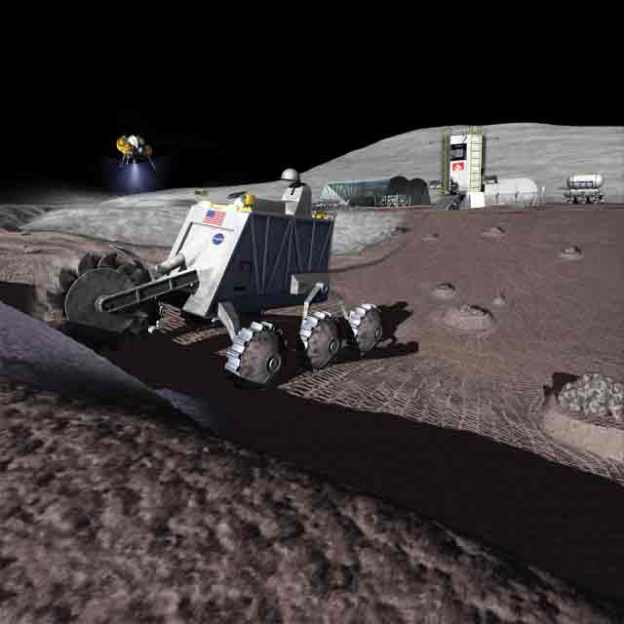Chinese nuclear scientists are studying samples carried back by China’s mission to the the moon in 2019. One of those under the microscope at the Beijing Research Institute of Uranium Geology is a 50-milligram rock—approximately the size of a lentil—believed to contain an isotope called helium-3. The isotope… is thought by scientists to have the potential to one day provide safer nuclear energy in a fusion reactor, as it isn’t radioactive. Rare on earth, helium-3 is thought to be abundant on the moon.
While researchers in the U.S. and other nations have studied the isotope, China’s renewed pursuit is part of a decadeslong plan to establish itself as a leading space power, mirroring the country’s rising economic and strategic influence on Earth. Since being shut out of working with the U.S. space agency by law a decade ago, the country has invested heavily in its own program. China is still playing catch-up technologically but is seeking to gain an edge through its moon missions…
China now building the Silk Road to space,” said James Head, a professor of geological sciences at Brown University who has lectured at universities across China in the past few years.
The theory that the moon might have abundant reserves of helium-3 goes back several decades. In 1986, scientists at the University of Wisconsin estimated that lunar soil could contain a million tons of the isotope, also known as He3. A byproduct of the sun’s intense heat, it is carried through the solar system by solar winds…
In the future, there could be machines that vacuum up the top layer of the moon’s surface, which could then be used to address Earth’s energy needs or to power moon bases for future missions…
Excerpts from Natasha Khan, Moon Dust Fuels China’s Pursuit of Space Power, WSJ, Dec. 14, 2021
